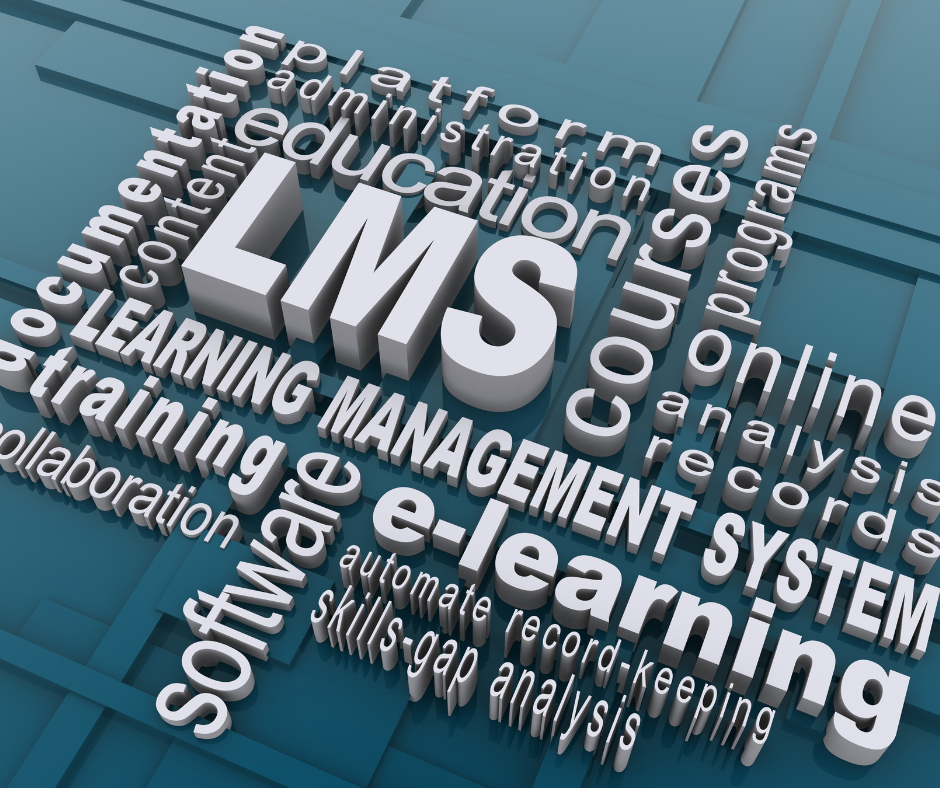Your LMS isn't expanding with you, which might be a huge problem if you're attempting to scale your online training effectively. One of the most annoying things a training professional may experience is outgrowing their LMS. But let's face it, it's a big issue that has to be solved. If your LMS isn't built with effective routines for handling huge learner numbers, a surge in users may cause difficulties. You must take into account more than simply the number of learners.
The use of learning management systems (LMS) to offer online education and training is growing in popularity. However, it might be difficult to guarantee that the LMS stays reliable and responsive as the number of users and courses increases. Scalability, which refers to a system's capacity to manage a growing volume of work, is crucial for LMS providers to consider in order to satisfy users' demands.
Numerous techniques, including load balancing, caching, and vertical and horizontal scalability, may be used to achieve this. LMS providers may make sure their system can meet the needs of a growing user base and continue to deliver a good learning experience by taking scalability into consideration from the start.
The use of learning management systems (LMS) to offer online education and training is growing in popularity. They provide instructors and trainers with a unified platform for developing, delivering, and administering courses, making it simple for them to reach a large and varied audience. However, it might be difficult to guarantee that the LMS stays reliable and responsive as the number of users and courses increases. Scalability enters the picture here.
What is LMS Scalability?
Scalability is a system's capacity to manage growing amounts of work without deteriorating in performance. In order to fulfill the demands of their consumers, LMS providers must make expansion plans. The LMS must be able to manage the additional demand when more users use the system without crashing or slowing down.
The term "LMS scalability" refers to a learning management system's (LMS) capacity to manage an expanding user base and catalog of courses while preserving its reliability and efficiency. It might be difficult to make sure that an LMS can manage the increasing load as well as that it can be quickly extended to accommodate additional users and courses as the use of the system increases. Scalability is crucial for businesses who want to make sure their LMS can manage the growing demand for their online training and education programs.
A content management system can be implemented, the LMS can be moved to a cloud-based hosting solution, some procedures can be automated, and regular monitoring and maintenance may all help to achieve scalability. Following these guidelines may help to guarantee that an LMS can support additional users and courses and that it can be quickly extended to do so.
Tools Used for LMS Scalability
A trustworthy and scalable learning management system (LMS) administration is essential as businesses increasingly depend on online education and training to enhance staff competencies.
An LMS that can manage a rising number of users and courses while retaining stability and performance is said to be scalable. It might be difficult to make sure that an LMS can manage the increasing demand as the use of the system increases.
Organizations may employ a variety of instruments and methods to guarantee the scalability of their learning management system (LMS). Among the most popular tools are:
1. Hardware and infrastructure upgrades
By upgrading servers, boosting bandwidth, and putting load balancers in place, it is possible to more effectively distribute traffic and make sure that the LMS can support additional students and courses.
2. Cloud hosting
Switching the LMS to a cloud-based hosting platform may provide it the scalability and flexibility it needs to manage an expanding number of users and courses while also avoiding the need for costly hardware and infrastructure updates.
3. Information management systems (CMS)
Using a CMS may assist in organizing and managing vast volumes of content inside the LMS more quickly.
4. Automation
By automating certain procedures, such as user registration and course enrollment, the system will be less taxed and will be able to manage more users and courses.
5. Monitoring and maintenance
Keeping track of the LMS's stability and ability to manage the added load on a regular basis might assist. This can include keeping an eye on how the system is doing, setting up backups, and fixing any problems that might come up.
6. Database optimization
To maintain the database operating smoothly, it's vital to take into account employing tools like database indexing, partitioning, and other performance-boosting strategies. An optimized database can manage massive amounts of data.
7. Load testing
It's crucial to verify the LMS's capacity to manage greater demands before growing it. Tools for load testing and simulation may be used for this, giving an idea of how the LMS would function in actual use.
Importance of LMS Scalability
Any learning management system (LMS) must be scalable in order to accommodate an increase in the number of users and courses while preserving its performance and stability. An LMS may become overburdened and unable to manage the added demand without the capacity to scale, which may cause sluggish performance, problems, and crashes. This may result in a bad user experience and have a detrimental influence on how well the online training and education programs work.
Scalability is crucial for businesses that want their online training and education programs to expand. The LMS must be able to manage the growing demand and provide a smooth experience to all users as the number of users and courses rises. The firm may need to spend money on expensive updates or a new system if the LMS is not scalable, which may be a big financial strain.
Scalability is also critical for businesses looking to expand their market penetration and attract a more diverse customer base. A scalable LMS can manage different languages, mobile optimization, and system integration, which may increase accessibility and user-friendliness for training and education for a wide range of audiences.
An LMS needs to be scalable so that it can support more users and courses without losing its reliability and efficiency. In order to provide a smooth user experience for all users, it enables enterprises to plan for expansion and make sure that their LMS can manage the growing demand. Scalability also helps businesses broaden their customer base and target a wider range of users.
Strategies for LMS Scalability & Growth
The ability to handle more data and produce more precise predictions depends on our ability to scale up language models. There are a number of approaches that may be utilized to shorten training times, decrease memory and computing needs, and enhance the model's overall performance.
1. Distributed training
You may greatly reduce the training time and boost the model's capability by dividing the training process across many computers.
2. Model parallelism
This is a separate component of the model that is handled by each computer when the model is divided among them. This may also aid in accelerating training and boosting capacity.
3. Data parallelism
This method involves dividing the data across many computers, with each computer processing a distinct portion of the data. This may also aid in accelerating training and boosting capacity.
4. Transfer learning
Reusing previously trained models may enhance performance while saving a lot of time and computing resources.
5. Model architecture optimization
Model architecture optimization may help decrease the number of parameters and improve the model's effectiveness.
6. Decreasing the number of parameters
By lowering the number of parameters in a model, you may shorten the training time and use less memory to store the model.
7. Using more powerful hardware
Scalability may also be increased by using additional and different kinds of hardware to train and execute the model.
8. Monitoring and profiling
Tracking the model's performance and profiling it to locate bottlenecks may help pinpoint areas where scalability can be improved.
Bottom Line
Scaling up for growth is a key part of being able to handle more data and make more accurate predictions. There are many ways to increase the size of language models, such as distributed training, model and data parallelism, transfer learning, quantization, pruning, and hybrid approaches. It's important to understand the pros and cons of each of these methods and choose the one that fits your use case the best.
The challenge of getting ready for increased language model adoption is complex and requires both tactical and strategic issues. Some crucial considerations include:
● Having a thorough knowledge of the model's needs, constraints, and objectives.
● Consistently monitoring the resource use and performance of the model to spot bottlenecks early on.
● Observing the most recent advancements in the industry and experimenting with novel approaches to remain on top of the game.
● Creating an infrastructure that is reliable and scalable that can manage an increase in data volume and model complexity.
● Handling model deployment, testing, and retraining via a well-defined procedure.
Organizations may be better prepared for expansion by keeping these aspects in mind so that they can manage the heightened demand and complexity, particularly in today's modern world.

















Leave a comment